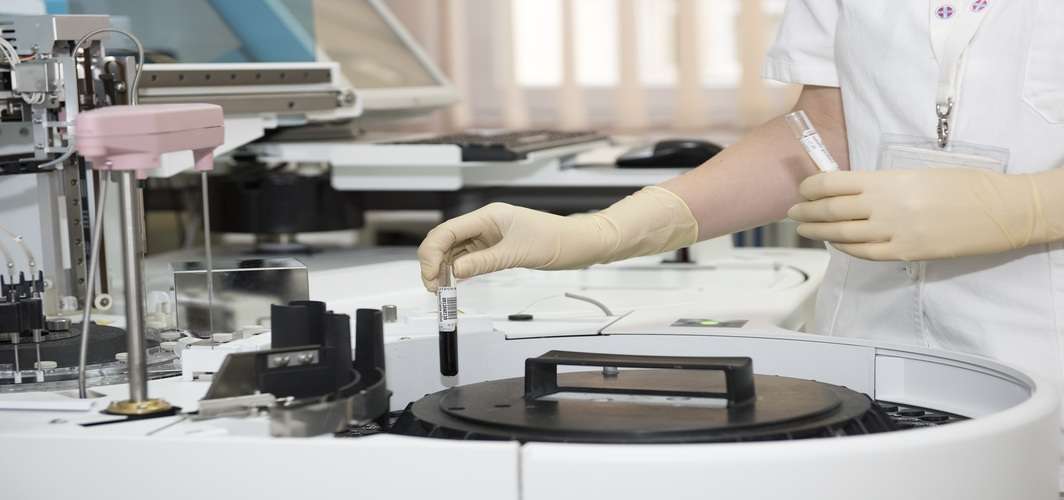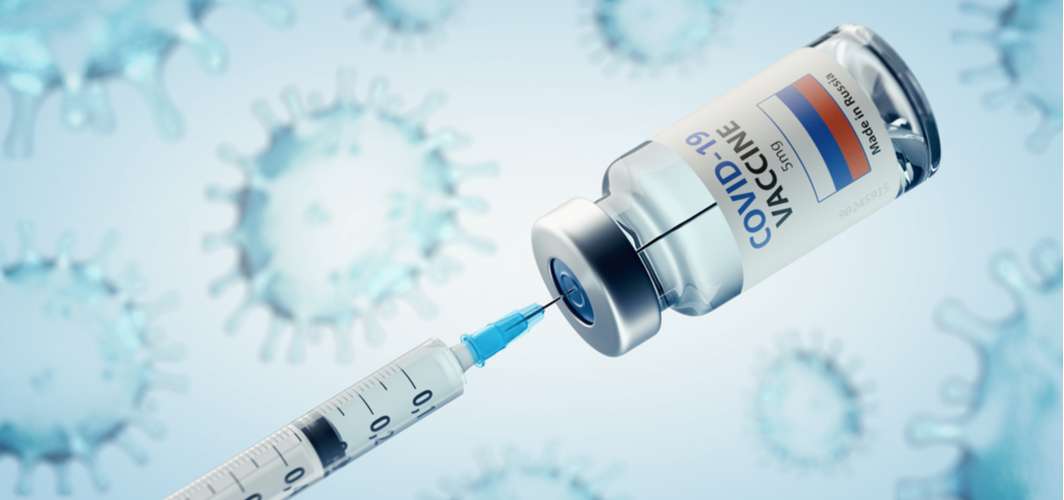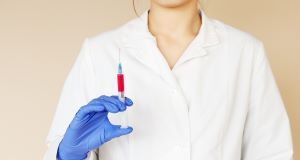COVID-19 Vaccines
Clinical Trials of COVID-19 Vaccines Explained
6 min read
By Apollo 24/7, Published on - 20 October 2020, Updated on - 18 October 2022
Share this article
1
24 likes

What happens in a clinical trial?
The 3 phases of clinical trials:
Phase 1 Trial
- In phase 1, for the first time, the vaccine is introduced and administered to a small group of selected volunteers.
- Gradually, the vaccine dosage is altered and increased among the same group following standard protocols.
- Researchers minutely observe all minor and major side-effects and the positive effects of the new vaccine.
Phase 2 Trial
- In this phase, the researchers replicate the same procedure followed during the first trial on a slightly larger population, generally in the 100s.
- During phase 2, the selection of volunteers is also made eclectic, that is a mixture of healthy candidates and people suffering from illnesses or other co-morbid conditions.
- The mixed volunteers are then subjected to the vaccine and this is done to better understand the reactions and effectiveness of the vaccine.
Phase 3 Trial
- Phase 3 is considered the most important phase as the vaccine has now passed two trials and has been thoroughly studied.
- The trials in phase 3 are done on a very large population which includes thousands of people. The trials at this stage can go up to 12 months or more.
- The placebo effect is also brought into play to know about post-vaccination immunity over the natural immunity of the volunteers.
- If at any stage during this phase, any unusual or severe reactions are observed even in a small group, or a single member, the vaccine development is paused until it is considered safe and given the go-ahead by the safety scientific community.
Regulatory review and approval
- After clinical trials of phases 1, 2 and 3, the results are reviewed and the data carefully analyzed to understand the safety, efficacy and readiness of the candidate vaccine.
- Major approvals, licensing, marketing and administering rights are given during this stage, before making it commercially available for public health use.
Common side-effects of vaccines
- Fever
- Fatigue
- Chills
- Joint and muscle pains
- Headache
- Allergic site reactions (redness & soreness)
COVID-19 vaccines and reported side effects during trials
Conclusion
COVID-19 Vaccines
Leave Comment
Recommended for you

COVID-19 Vaccines
Will there be a fair distribution of COVID-19 vaccines across the world?
While WHO and other global health bodies are working to ensure equitable global distribution of vaccines, ‘vaccine nationalism’ could deprive poor and needy people of life-saving vaccines.

COVID-19 Vaccines
User manual for citizen registration and appointment for COVID-19 vaccination
The Government of India has recently shared a user manual for registration and appointment for COVID-19 vaccination.

COVID-19 Vaccines
COVID-19 Vaccines: How effective are they in the real world?
Recently, several scientific studies have been released highlighting the difference between the clinical efficacy of some of the top COVID-19 vaccines and their real-world effectiveness.
Subscribe
Sign up for our free Health Library Daily Newsletter
Get doctor-approved health tips, news, and more.
Visual Stories

COVID-19 Vaccine Factbox: Pfizer/BioNTech/Fosun
Tap to continue exploring
Recommended for you

COVID-19 Vaccines
Will there be a fair distribution of COVID-19 vaccines across the world?
While WHO and other global health bodies are working to ensure equitable global distribution of vaccines, ‘vaccine nationalism’ could deprive poor and needy people of life-saving vaccines.

COVID-19 Vaccines
User manual for citizen registration and appointment for COVID-19 vaccination
The Government of India has recently shared a user manual for registration and appointment for COVID-19 vaccination.

COVID-19 Vaccines
COVID-19 Vaccines: How effective are they in the real world?
Recently, several scientific studies have been released highlighting the difference between the clinical efficacy of some of the top COVID-19 vaccines and their real-world effectiveness.